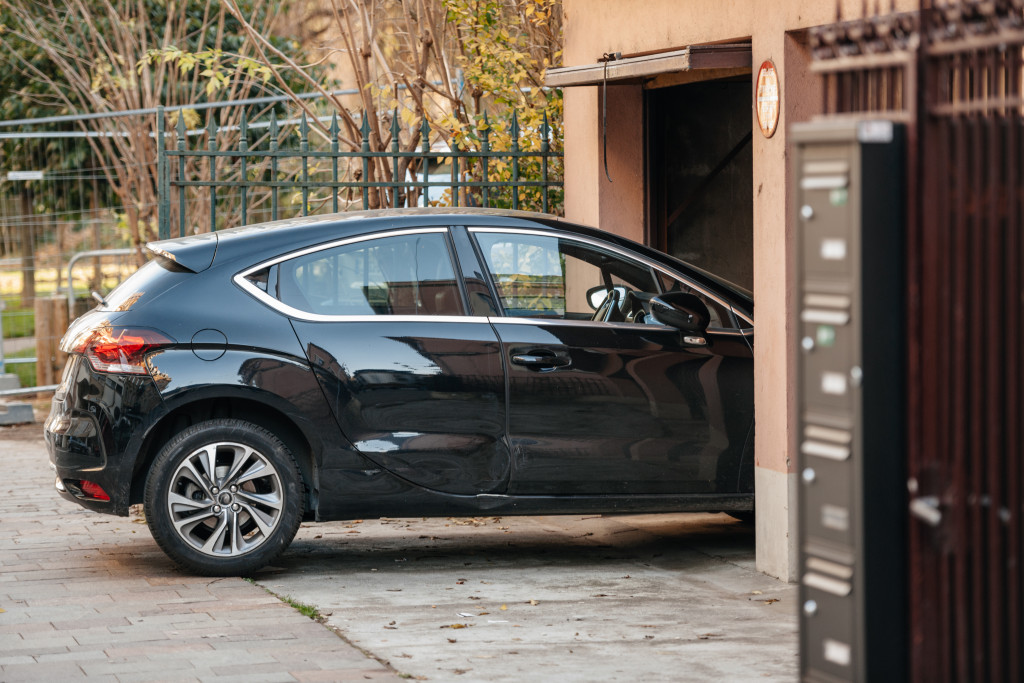Nothing feels better than creating something with your own two hands. It’s a feeling that gives you a sense of pride and accomplishment that nothing else can beat. Knowing how much time and effort you put into a project and seeing it come to life can give you a unique kind of happiness. It’s especially true if you’re a creative type that likes to get your hands dirty. You can truly appreciate the whole process of completing a project. From creating concepts and ideas to building them into the world, every step of the way is fun and exciting.
While it isn’t a requirement, having a studio or a workshop to call your own would provide an excellent boost in the quality of your work. It can also afford you better focus. But as much as every creative dream of such a space, it can quickly become an expensive endeavor to find one. The situation doesn’t even mention the cost of rent and other utilities that you’ll have to pay.
There is a way to still have a workshop of your own without the expensive costs of renting out a space. The garage is one of the most under-utilized spaces in a home. However, it’s an area that has so much more potential than just being a storage room for your junk. With a good plan and design, you can transform it into anything you want while keeping the functions of a garage.
That flexibility makes it the perfect candidate to become your first home workshop. So here’s how you set that up:

Planning and Preparation
Like any project, setting up your garage workshop will require a plan. Organize the order of things you need to accomplish from start to finish and set a deadline for each step. Having a project timeline will help you minimize costs and increase your efficiency. It also prevents you from getting side-tracked into doing other things or straying away from your original design. While changes are inevitable, you should keep them to a minimum, or you’ll never finish.
Prepare and Secure
Once you’ve set your plans and your needs for your garage workshop, the next step is preparing the space and securing it. You can clean up your garage, get rid of clutter, and throw out all the things that do not spark joy, as organization guru Marie Kondo would put it.
However, clearing the garage out doesn’t mean you can start building your workshop just yet. Your tools and machines are expensive stuff, and as such, you’ll want to keep it safe and secure. To do that, you must avoid getting picky with the price of securing your garage and invest in a strong, heavy-duty, robust overhead garage door. Having an exceptional first line of defense can buy you enough time to call the police or fend off any intruders. You can also add security cameras if you want an extra layer of protection and peace of mind. Security should be your number one priority, so take all the necessary measures you have to take to achieve it.
Safety First
Safety is different from security, but it requires as much attention and priority. While you would commonly associate it with hard hats and steel-toed boots, there are other ways to make your workshop safe, such as good lighting, ventilation, and matching your equipment to your power source. Adequate lighting helps you see your surroundings better, good ventilation ensures you have fresh and safe air to breathe, and matching equipment to your power sources reduces any chance of electric shock or shorts. All of these contribute to minimizing the risk of injury and damage to both you and your workshop.
Tools of The Trade
The next part of setting up your workshop is the most exciting one. It’s finally time to buy the tools and equipment that will aid you in completing your projects. Stick to the plan and only get what you need. Don’t get trigger-happy and buy everything you see, or you’ll end up with too much stuff that won’t fit your garage. A cramped workshop is a hazard, so don’t go overboard shopping for tools and equipment.
Organize and Mobilize
After buying the tools and equipment for your garage, sort them into groups of how frequently you’ll be using each one. That will give you an idea of which tools you’ll need often and which ones you’ll need occasionally. Keep your frequently used tools organized in a place or area where they’re within reach and easy to get. You can also maintain those that you only use in specific jobs. You don’t need all the time tucked away in drawers and storage. By organizing them, you’ll maximize the limited space you have in your garage and have more room to move about while working on a project.
If you bought machines or any heavy equipment, it’s a good idea to make them mobile. You achieve that by either placing them on carts or platforms with wheels. It will help you move them around without doing any heavy lifting. It also allows you to shift around your tools and equipment in any way that you wish. You can also apply the same treatment to your garage storage and surfaces to make the space versatile enough to adapt to any project.
Aside from creating projects, building a workshop is one of the most exciting and fun activities any creator can do. The most beautiful thing about it is that it will continue to evolve as your projects get bigger. With these tips, you can build a beautiful, safe, and secure garage workshop that can inspire you and help you become better at your craft.

